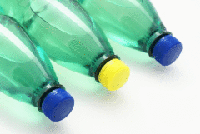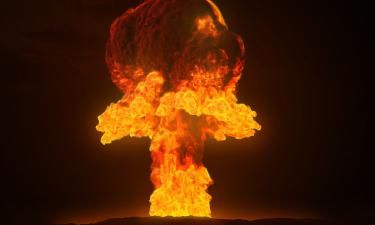Plastic bottle to push food prices even higher
 Polypropylene, one of the most popular materials used in the production of various packages, has increased in price by 133 percent during the recent two years. Prices on plastic packages continue to grow still, which will eventually affect consumers in a number of industries, including the food sector.
Polypropylene, one of the most popular materials used in the production of various packages, has increased in price by 133 percent during the recent two years. Prices on plastic packages continue to grow still, which will eventually affect consumers in a number of industries, including the food sector.
''All product sectors, be they plastics building products for construction and infrastructure projects, packaging for food distribution or technical components for the automotive and aerospace industries, have been hit and desperately need to pass the increases on to maintain viability. Some grades of polyethylene and polypropylene have increased by 70 per cent and 80 per cent respectively since January 2009," Peter Davis, the director-general of the British Plastics Federation said.
According to The Economist, prices on polypropylene rose by 22 percent in January alone. The production of this and other similar materials depends on the prices on hydrocarbons.
Polypropylene is made from propylene - a by-product in the production of ethylene, which appears during oil refining and can also be obtained from ethane.
According to expert estimates, prices on polypropylene have been growing because of the market situation in Asia and in the Middle East. The demand on hydrocarbons and polypropylene has been growing in the region steadily. It is hard to find not just a country but even one single industry that would be polymer-free.
Russia is one of the countries that has been increasing the consumption of the polymer. According to the annual research prepared by Market Report, the volume of the Russian market of polypropylene in 2010 made up 783,000 tons, which exceeded the level of 2009 by 22 percent. The consumption of polypropylene in Russia has grown from 1.5 to 5.5 kilos per capita during the recent ten years.
The demand on polyethylene and polypropylene used in the film-making industry in Russia was expected to hit the mark of one million tons by 2011. SIBUR holding also expects a higher demand on polypropylene, polyvinylchloride and other polymers by 5-8 percent a year right up to 2015, Dmitry Konov, the head of SIBUR told Bloomberg.
New polymer-making enterprises have been opening in Russia recently against the background of growing demand. This year, Russia is expected to launch a polypropylene factory in the city of Omsk, Siberia. The planned capacity of the enterprise makes up 180,000 tons of polypropylene a year. The enterprise is said to make 78 brands of polypropylene.
Russia has a much more important problem to deal with, though. There is no system in the country to utilize used polymers. There is too much plastic garbage around, mostly polyethylene bottles. Plastic wastes do not decompose in the natural world. Moreover, the materials of the chemical industry begin to emit toxic substances which contaminate air, soil and water.
At the same time, over 90 percent of industrial polymers, such as polyethylene, polypropylene, polyvinylchloride, polystyrene, are recycled materials. This is a low-margin business, although growing prices can make the recycling process much more profitable.
Sergei Nikolayev
Pravda.Ru
Subscribe to Pravda.Ru Telegram channel, Facebook, RSS!





